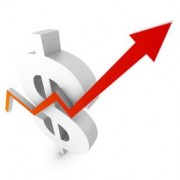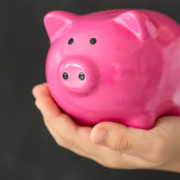Capital Expenditure (Also known as “Capex”) is an expense that will create future benefit to the business. Yes money is spent, but not on short term items such as wages, rent or insurances; it is spent on long term items such as property, plant or equipment. Property and plant are easy to understand. Typical examples of equipment are production equipment, tools, machinery, furniture, computers, motor vehicles, etc.
These items are not “expensed” (the amounts of money spent comes as expenses in the Profit & Loss Statement), they are “capitalised”: The items appear as assets in the Balance Sheet, for the same amounts of money spent, and the cost of the expenditure is spread over the useful life of the asset (This is called the “Depreciation”).
This is where the name comes from: A Capital Expenditure is an expenditure that is capitalised.
The conditions for an expense to be capitalised are:
– The money is spent on either acquiring the items or adding value to existing items.
– The item must have a life expectation superior to 12 months;
– As a “keep it simple” rule, the value must be superior to $1,000
This is why repairs and maintenance costs are fully expensed in the year they happen, as they do not add value to the existing item being repaired or maintained.
Put simply, a $10,000 expense to acquire a cutting machine would be capitalised (with a $500 yearly Depreciation if it has a 20 years life expectation), but the same $10,000 expense to repair a truck would be fully expensed.
What are the financial and tax impacts of a Capital Expenditure? They are multiple:
– The item appears for its cost as a Fixed Asset in the Balance Sheet;
– The business has effectively cashed out the cost of the item, which is money taken from the bank account or borrowed from lenders;
– The cash out has no effect on the Profit Before Tax as it is not an expense in the Profit & Loss Statement;
– Only the yearly Depreciation (Cost of the item spread over its useful life) appears as an expenditure in the Profit & Loss Statement, hence reducing the Profit Before Tax every year until the item is depreciated for 100% of its cost in the Balance Sheet;
This cash flow impact is one of the main reasons why a Capital Expenditure should be budgeted: The cash spent has to come from somewhere, even if the full amount does not show in the Profit & Loss Statement. So any business needs to budget and monitor its Capital Expenditure, to avoid a possible cash crisis.
The term capitalisation also applies to an amount of money used to start a new business, but that was not part of today’s article.
Good luck to you and your business!



